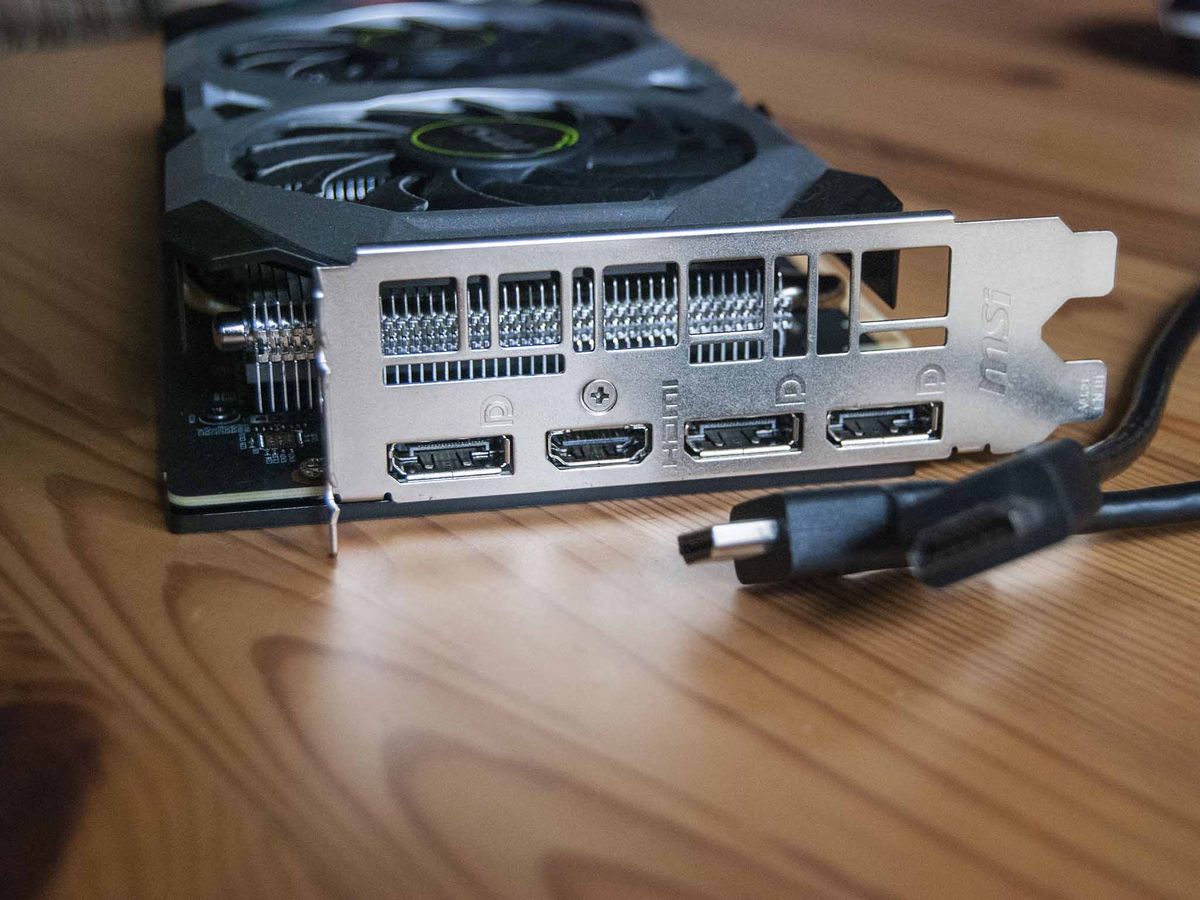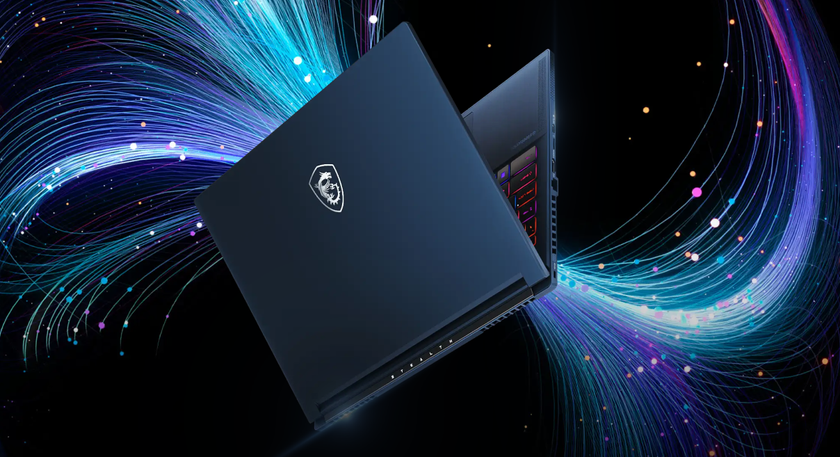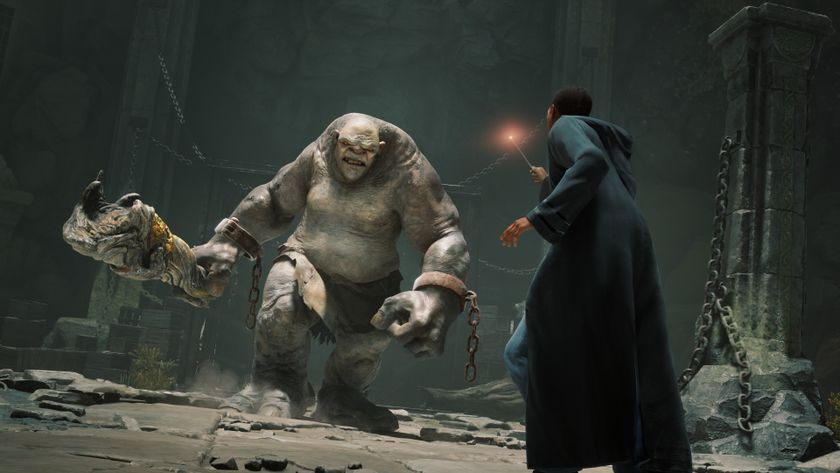
Do you need an HDMI 2.1 cable for RTX 30-series GPUs?
What is HDMI 2.1?

As performance hardware scales up, the supporting accessories must be equipped to handle higher resolutions, refresh rates, and bandwidth. HDMI 2.1 is the latest standard put forth by the official HDMI forum. It's a rather large jump from HDMI 2.0, which was itself a jump (though less significant) over HDMI 1.4.
HDMI 2.1 prepares for the future by handling 8K resolution at a 60Hz refresh rate and 4K resolution at a 120Hz refresh rate. It also hits a bandwidth ceiling of 48 Gbps, which is more than double the 18 Gbps available with HDMI 2.0, enough for uncompressed 8K video with HDR. HDMI 2.1 can deliver up to a 10K resolution, which is reserved for specialty uses like commercial displays.
Dynamic HDR is also unlocked with HDMI 2.1. Rather than more traditional "static" HDR, having it adjust dynamically per scene or frame should make the picture pop more than before. And while Dynamic HDR doesn't require an HDMI 2.1 cable at lower resolutions, going up to 4K@120Hz or 8K@60Hz does require an HDMI 2.1 cable.
For way more information about HDMI 2.1 and all of its benefits, have a look at our HDMI 2.1: Everything you need to know guide that focuses more on the standard than the cable itself.
How does HDMI 2.1 affect gaming?

HDMI 2.1 doesn't just benefit from a boost to bandwidth. Part of the upgrade is a variable refresh rate (VRR), which ensures frames are ready before showing them on display, so there's no tearing. PC gamers already have NVIDIA's G-Sync and AMD's FreeSync for corresponding monitors and GPUs, but HDMI 2.1's VRR is being folded into the mix where it will no doubt help with truly top-tier gaming builds.
Where VRR will no doubt hit harder is in the console space. The Xbox One X already supports VRR with HDMI 2.0, though it's capped at a lower framerate. HDMI 2.1 will unlock VRR at higher refresh rates with high-end TVs and next-gen consoles, like the Xbox Series X and PlayStation 5.
HDMI 2.1 also adds auto low latency mode (ALLM) that will automatically switch your display to its best mode for gaming. Quick media switching (QMS) lets you move between content with different frame rates with no black screen, and quick frame transport (QFT) moves frames from the GPU to the display faster than before to eliminate latency. That last one should be especially important for VR users.
Get the Windows Central Newsletter
All the latest news, reviews, and guides for Windows and Xbox diehards.
Do you need an HDMI 2.1 cable for RTX 3070, RTX 3080, and RTX 3090?

So, you plan on buying a NVIDIA RTX 30-series GPU when you upgrade or build your PC. If you have an RTX 3070 or RTX 3080, you might be sticking with a 1440p resolution at up to a boosted frame rate. In that case, your DisplayPort 1.4a cable is probably going to fare alright. And don't worry if your monitor supports something like HDMI 2.0 or DisplayPort 1.4. HDMI 2.1 and DisplayPort 1.4a are backward compatible though without as much capability.
If you've gone all out with the RTX 3080 or RTX 3090 — two GPUs that make our list of the best graphics card options — and want to game at 4K@120Hz, you're going to definitely need an HDMI 2.1 cable. There are so far no gaming monitors supporting the standard, though options from ASUS and Eve are in development. If you want 4K@120Hz right now, something like the LG CX 4K TV, starting at about $1,497 for the 48-inch model, will do the trick.
As for the actual HDMI 2.1 cable to connect your fancy new hardware to a display, you want to watch out for a specific badge that mentions "Ultra Certified Cable" and "HDMI Ultra High Speed." Something like the Zeskit HDMI 2.1 cable, starting at about $17 for a three-foot cable, will do the job.

The right cable for the job
Zeskit's HDMI 2.1 cable is available in several lengths and at a competitive price. If you're connecting to a display with HDMI 2.1, you'll want one of these to unlock your GPU's full potential.

Cale Hunt brings to Windows Central more than eight years of experience writing about laptops, PCs, accessories, games, and beyond. If it runs Windows or in some way complements the hardware, there’s a good chance he knows about it, has written about it, or is already busy testing it.













